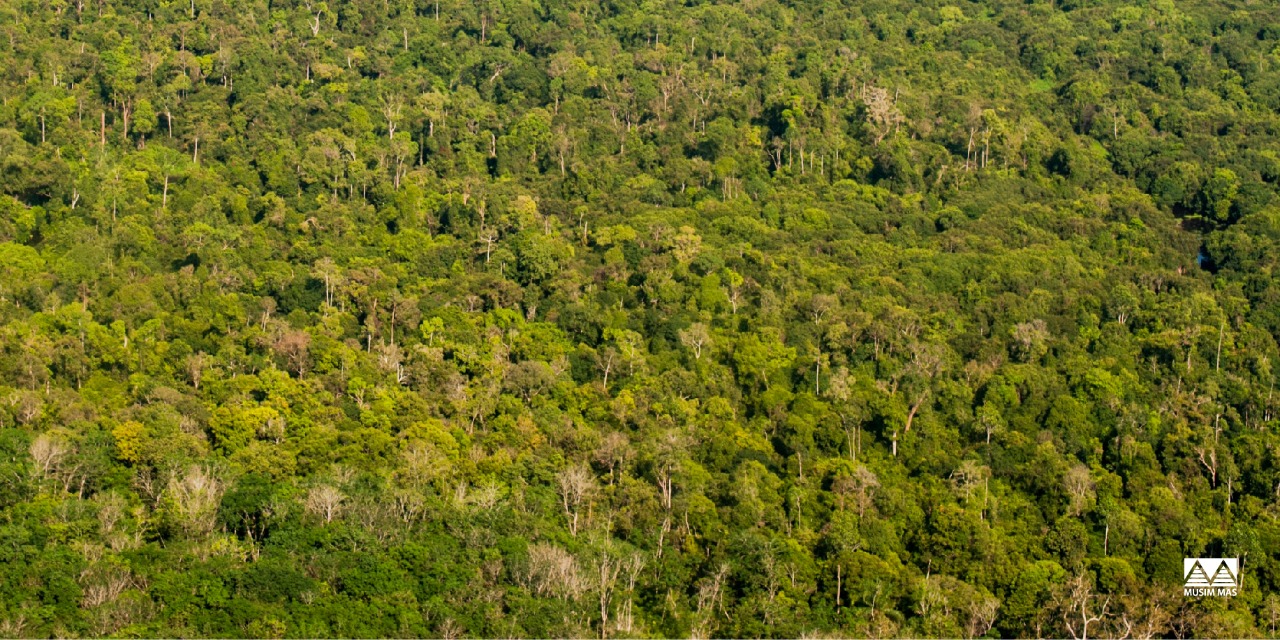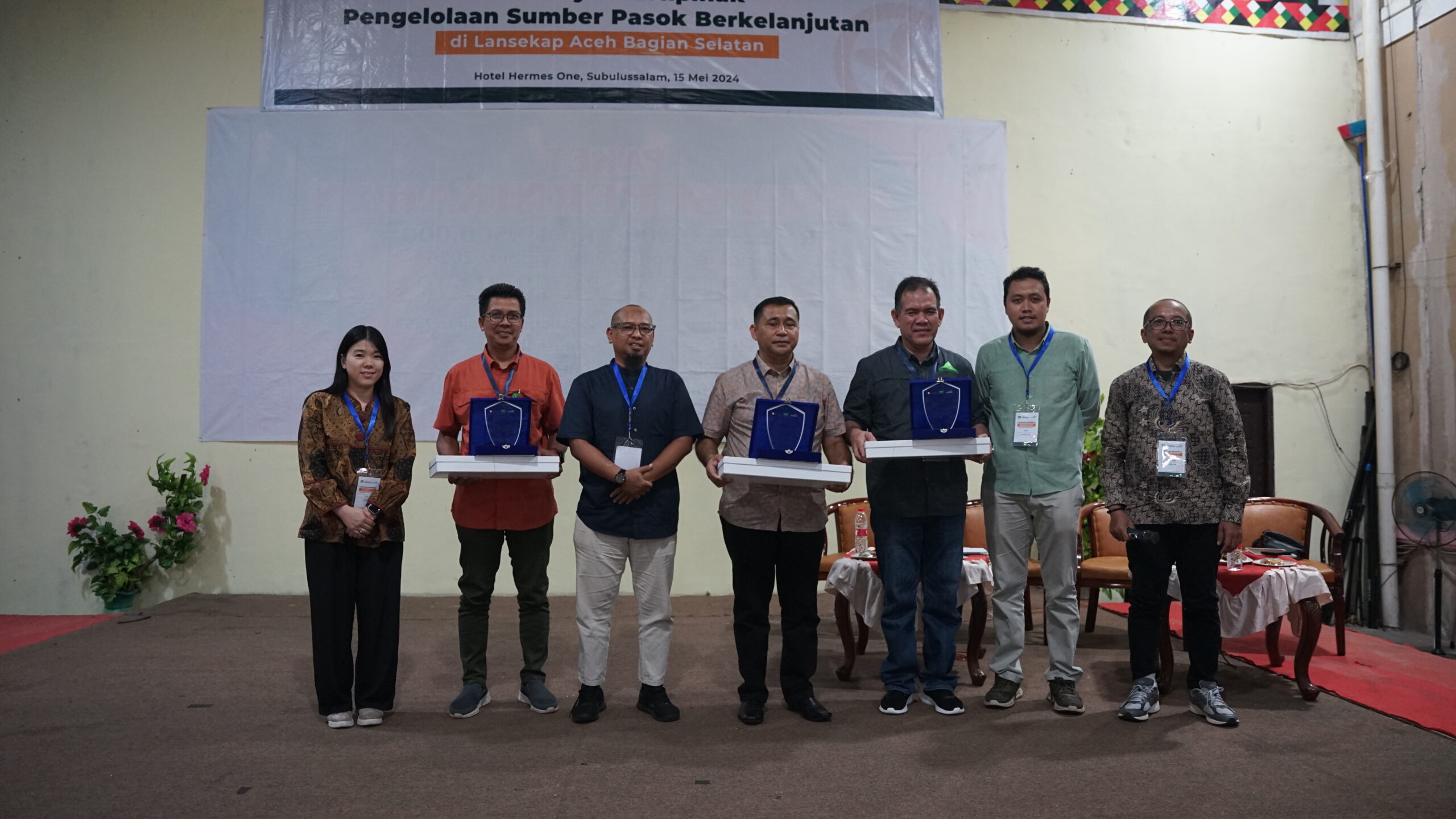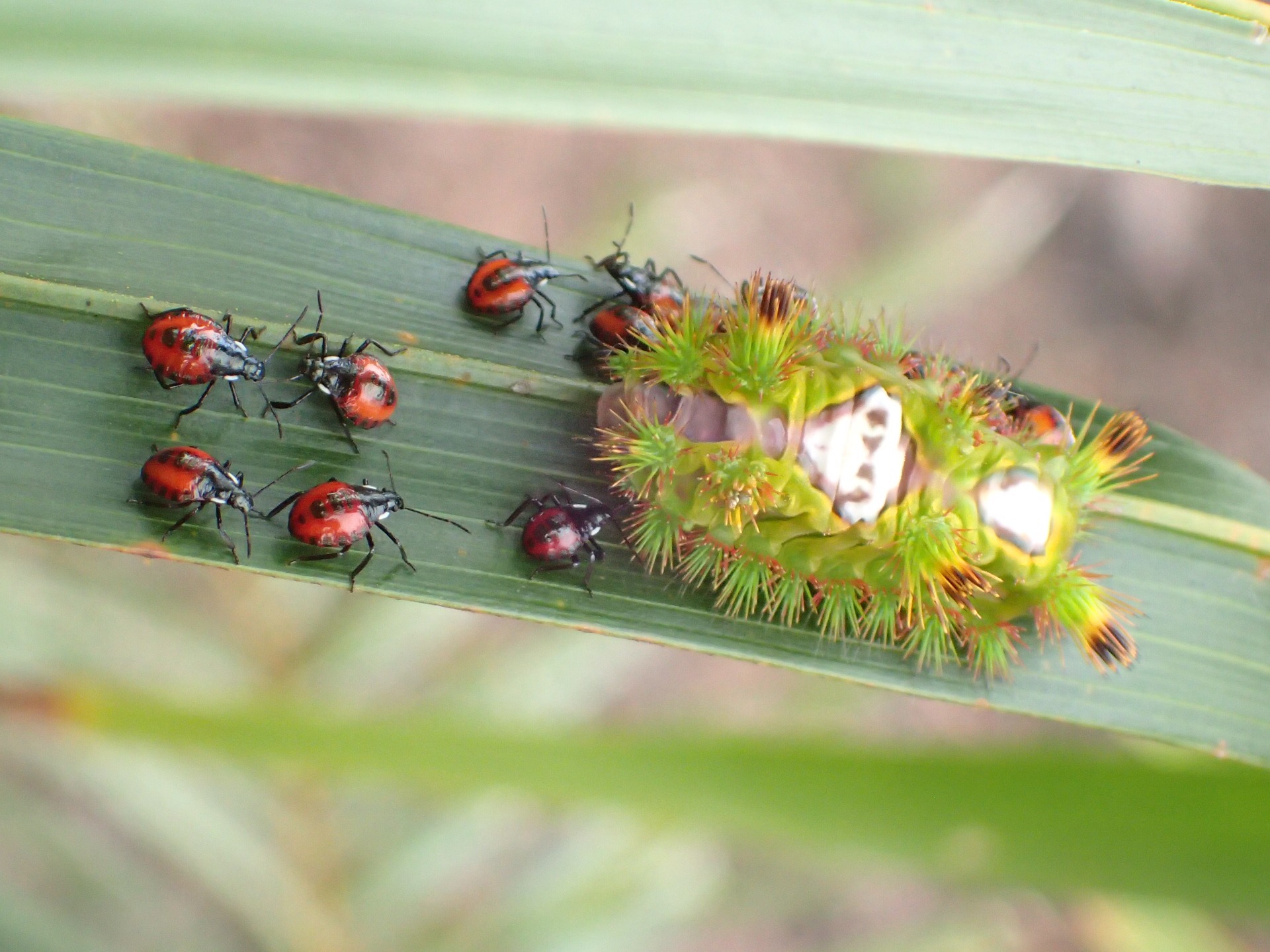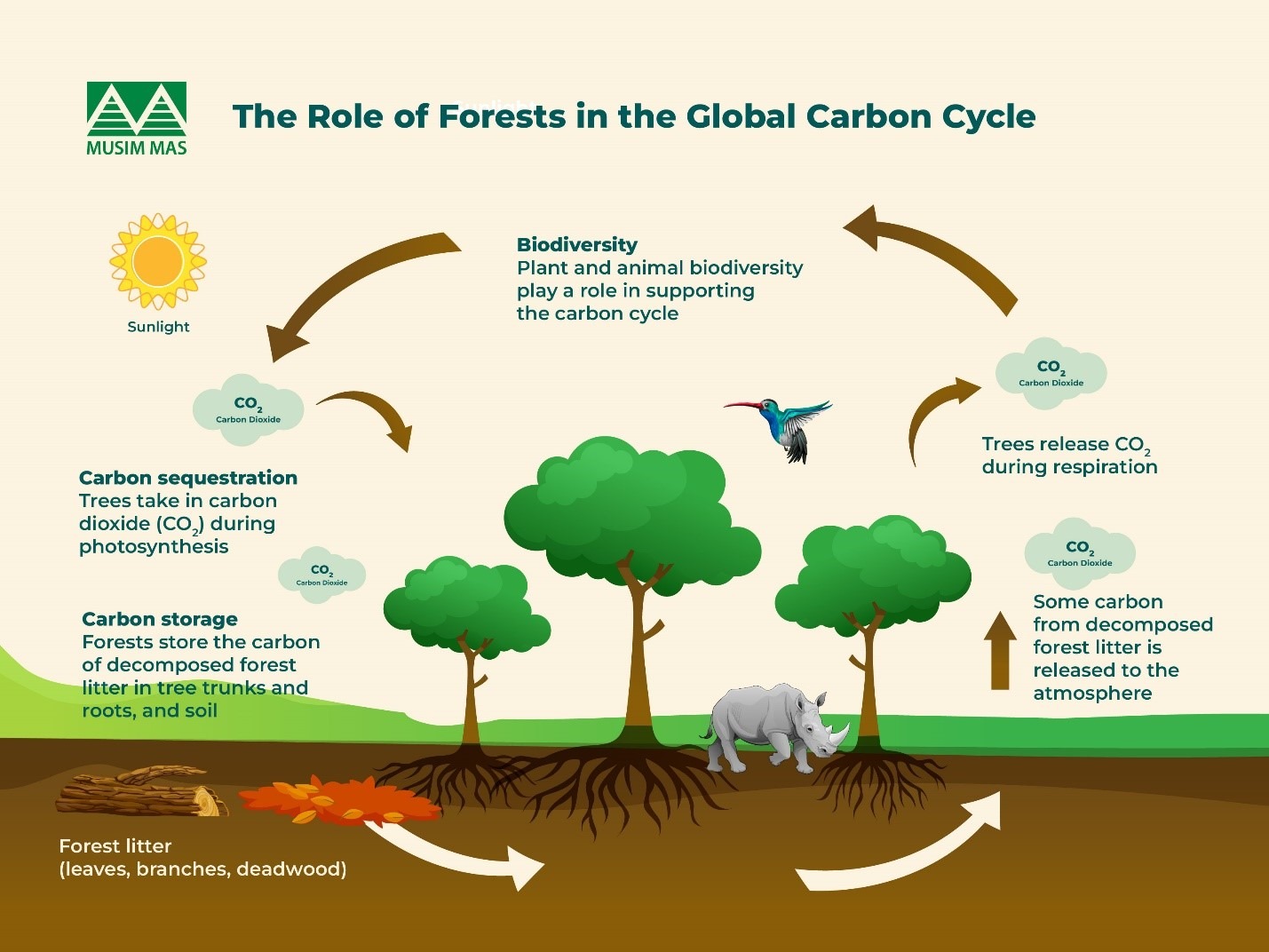By Matthias Diemer
Matthias Diemer is a sustainability consultant at Switzerland-based consulting firm Diemer Sustainability Consulting and senior strategic advisor to Musim Mas. Matthias is a former board member at WWF Austria.
As 2020 is coming to an end, efforts to curb deforestation and expansion on peat and remove exploitation from supply chains are under scrutiny. Questions are also being raised about the most effective approaches to obtain NDPE-compliant (No Deforestation, No Peat, and No Exploitation) palm oil products.
Focusing on mills is an obvious target of ongoing NDPE efforts as mills process the Fresh Fruit Bunches (FFB) originating from various sources. One assumption is that by ensuring full traceability from mills to FFB sources, most if not all NDPE risks can be identified and mitigated. While this is a sensible assumption, it is a static reflection of the situation in the field: Agents handling independent smallholder crop may switch between mills, depending upon FFB prices or other criteria. New crop may become available in expansion areas. Finally, new mills in an existing sourcing area may compete for an increasingly scarce crop. Staying on top of these constant developments is resource-intensive.
A landscape perspective is needed to address these dynamics. The recently released Strategy for Aceh attempts to integrate the landscape elements. As with many other NDPE strategies, it focuses on current third party suppliers concerning outreach, traceability, and due diligence of NDPE commitments.
Nonetheless, the strategy goes further. It includes targets that extend beyond the suppliers’ immediate sourcing areas, such as Smallholders Hubs’ development in Aceh Tamiang and subsequently Aceh Singkil, where collaborations are sought with extension agents to cover the entire district and not just existing supply sheds.
Additionally, Musim Mas will invest in several initiatives to monitor and anticipate oil palm development surrounding the threatened Leuser Ecosystem. For example, Musim Mas is part of a coalition of ten major palm oil producers and buyers to support and fund the development of a new, publicly available radar-based forest monitoring system known as Radar Alerts for Detecting Deforestation (RADD). The Group will also collaborate with others on an integrated HCV/HCS (High Conservation Value and High Carbon Stock) assessment in Aceh Timur and a pilot project to analyze oil palm development trends in Rawa Singkil. These initiatives will contribute to ongoing efforts to accelerate the legalization of smallholders and customary rightsholders, provide alternative livelihoods, and advance green development planning in the province. The goal is to achieve NDPE-compliant districts or landscapes eventually.
To be effective, close collaboration with other processors, downstream actors in consumer markets, civil society, and local governments is essential. A key lesson is that landscape initiatives must be collective efforts; else, they will generate fragmented and short-lived impacts. The Aceh strategy of Musim Mas will build on existing partnerships with stakeholders and expand these over time.
Embedding the landscape perspective in a comprehensive regional NDPE strategy is what makes the new Aceh strategy unique. I hope that it will serve as a blueprint for other priority sourcing areas of Musim Mas and as a benchmark for competitors.
Download Musim Mas’ Strategy for Aceh here.









